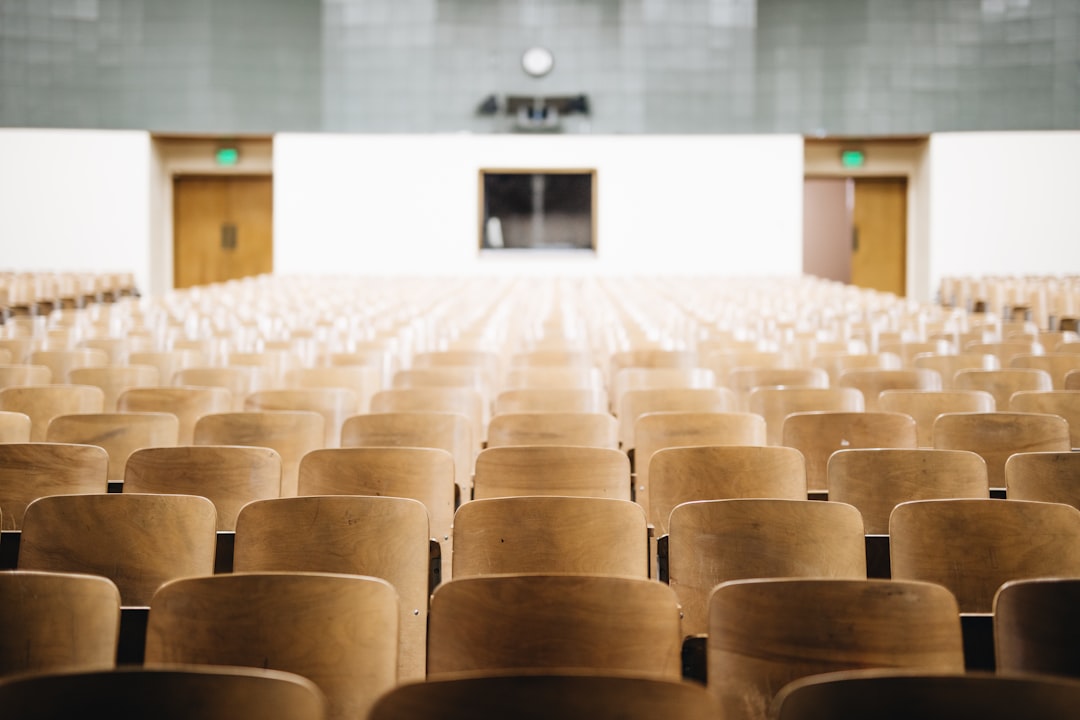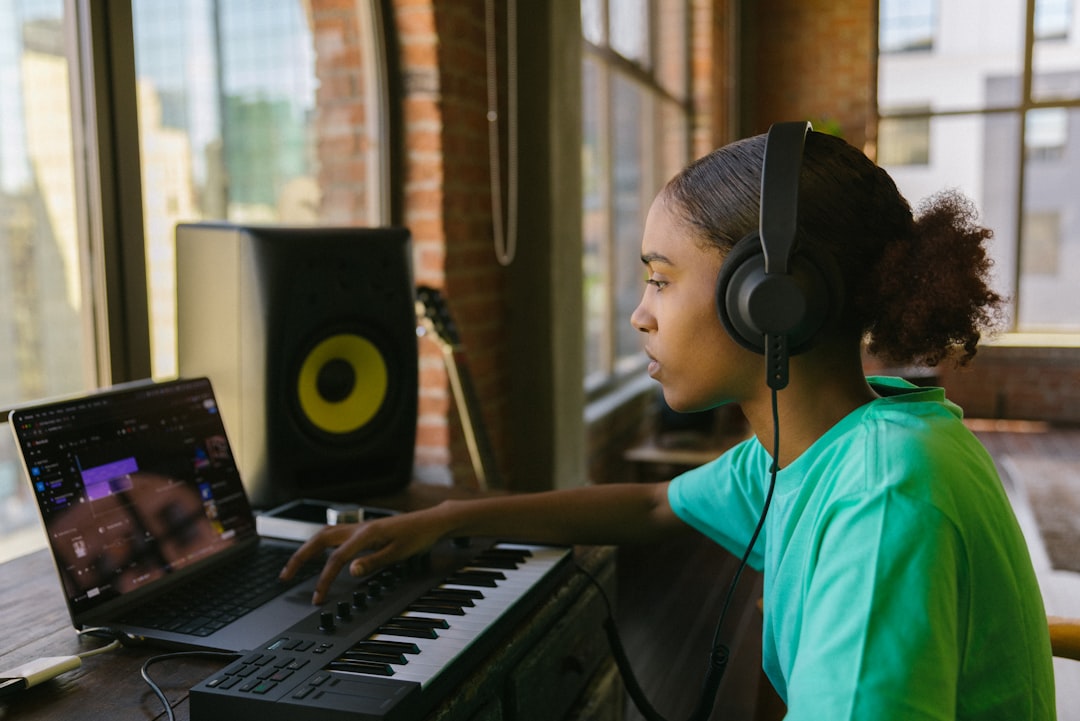What is it about?
This article reports on recent case-study research that examined teacher- and student-level processes in nine Australian arts classrooms. The selected class- rooms, based on the results of a connected longitudinal study, demonstrated strong positive links between arts participation and academic motivation, engage- ment and achievement. The focus here is on how teachers supported their students to conceive, shape and present imaginative work. Although different approaches were apparent in the dance, drama, film, music and visual arts classrooms, patterns were detected in the processes used to transform imaginative ideas into a creative work.
Featured Image
Why is it important?
The research indicated that important skills were being developed as the students encountered the ambiguity of the creative process. Furthermore, insights were gained into how work drawing on the imagination can be initiated and sustained through the highs and lows of development to become both a work of art and a learning experience that will augment future creative work.
Read the Original
This page is a summary of: Cultivating imaginative thinking: teacher strategies used in high-performing arts education classrooms, Cambridge Journal of Education, July 2015, Taylor & Francis,
DOI: 10.1080/0305764x.2015.1064097.
You can read the full text:
Contributors
The following have contributed to this page










